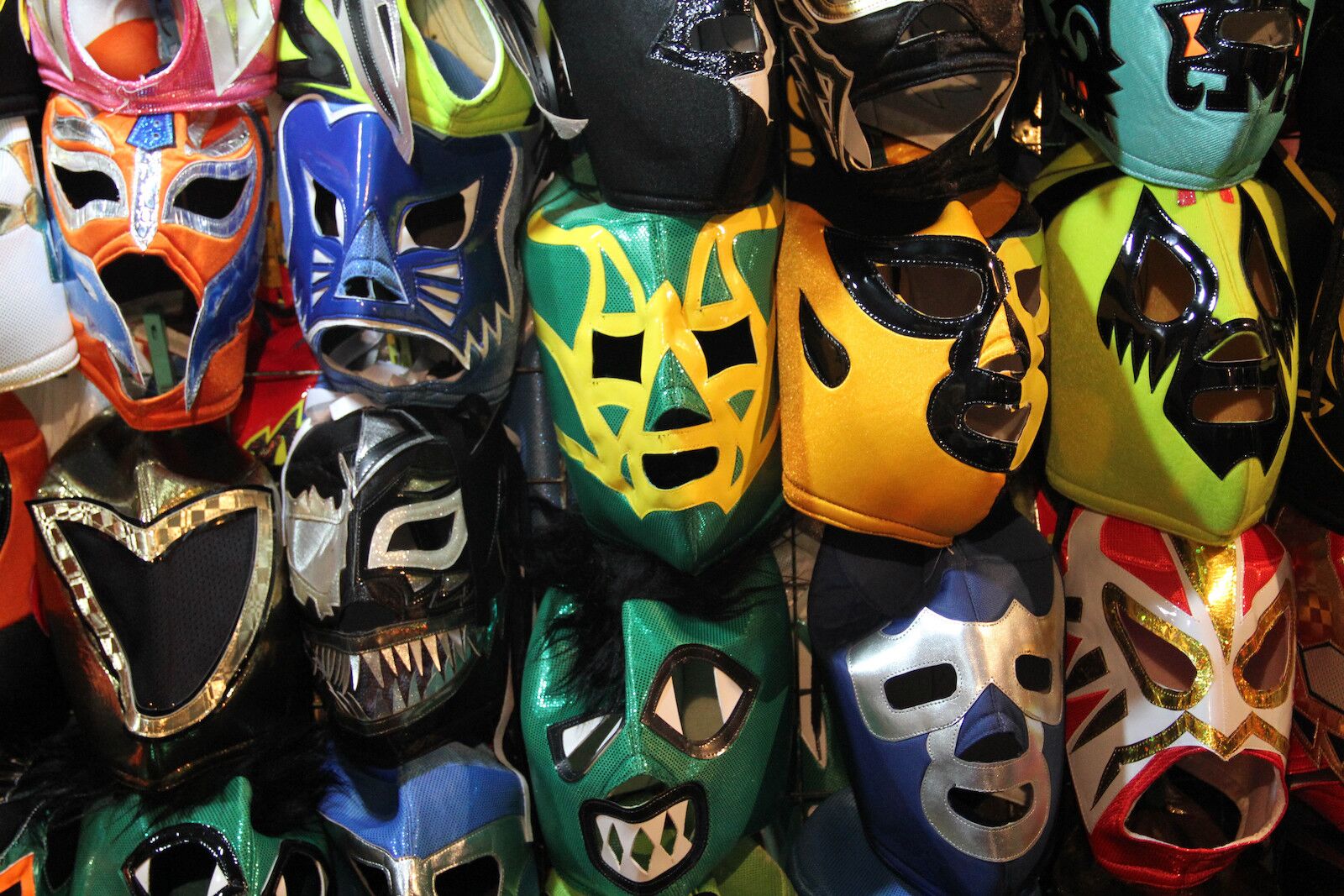When it comes to sport, just about every country in the world has its idiosyncrasy. India’s got Kabaddi, Australia has footy, Ireland’s got hurling, and Mexico has lucha libre, a form of wrestling that’s deeply ingrained in popular culture and a lot of fun to watch. And it’s not hard to catch a fight if you know where to look: Mexico City.
-
- What is lucha libre?
- What does lucha libre mean?
- Is lucha libre staged?
- Where to watch lucha libre in Mexico city?
- How to buy lucha libre tickets Mexico city?
- Do they serve beer at lucha libre in Mexico City?
- What are some of the big names in lucha libre?
- Where to stay in Mexico City
What is lucha libre?

Photo: username/Shutterstock
Lucha libre is a form of professional wrestling originating from Mexico. It’s characterized by its high-flying maneuvers, acrobatic moves, and its distinctive, colorful masks (and tight Lycra pants) worn by the wrestlers, known as luchadores.
